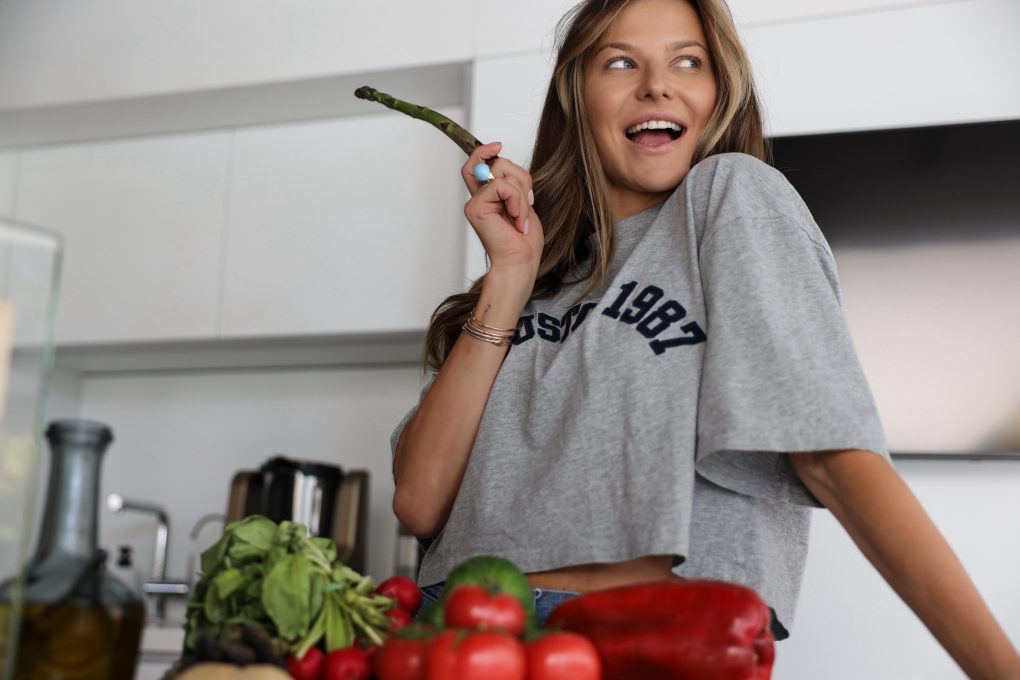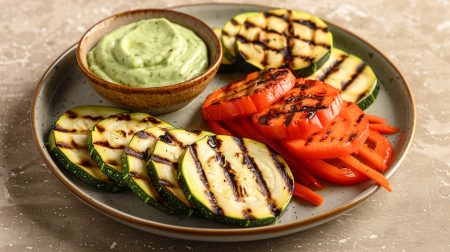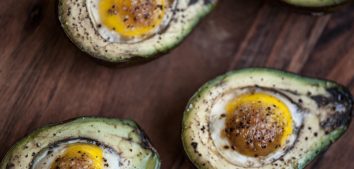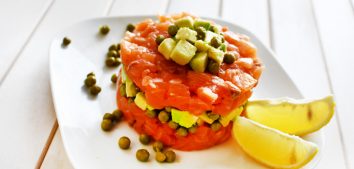
The Secrets of Healthy Grilling
Hot summer days, warm evenings, a bit of space in the garden and a barbecue – do you need anything more to have a nice time…? Grilled dishes have an extraordinary taste and flavor. But have you ever wondered how they might affect your health?
Most people are aware that during summer feasts we consume much more calories than on a daily basis. However, we can pay attention to what we choose to grill and opt for dishes with lower energy value (e.g. instead of fatty red meat, prepare poultry and vegetables). Is this the only issue worth paying attention to? Unfortunately not.
Harmful Compounds
Grilling leads to lots of transformations taking place in food and the formation of various compounds. Under the influence of high temperature:
- meat proteins combined with sugars create colorful compounds that improve the taste and appearance of dishes (the so-called Maillard reaction), but thus become less digestible by the body;
- there is a loss of vitamins, minerals (potassium, calcium, magnesium) and unfavorable metabolism of fats;
- carcinogenic heterocyclic aromatic amines (HAAs), polycyclic aromatic hydrocarbons (PAHs), and nitrosamines are produced.
It is this last group of compounds that is the most disturbing because its highly unfavorable impact on health has been proven. Their tumorigenic, mutagenic and genotoxic effects have been confirmed.
Did you know that HCA are compounds that are also found in tobacco smoke and car exhaust fumes?! In turn, among PAHs, one of the best-studied and most dangerous compounds is benzo[a]pyrene. These harmful compounds are common in the environment, so they cannot be completely avoided. However, some food processing (curing, smoking, grilling at high temperatures) cause their formation and accumulation in food products.
Do we have to give up the pleasure of summer barbecue feasts? Of course not! You have to find the golden mean in everything. What’s more, there are actually some simple ways to reduce the adverse effects of grilling.

Tips for Delicious and Healthy Barbecue
The amount of harmful compounds is influenced by such factors as:
- the type of product (which is grilled),
- the heat treatment time,
- and the temperature.
Most harmful compounds (e.g. HCA) are formed during thermal processing of red meat. Therefore, it is advisable to consume and choose other types of meat (poultry, fish). Also, try not to make the processing too long and not to take place at extremely high temperatures.
If possible, avoid situations in which melting fat drips directly onto a heat source (e.g. glowing coal). This is when many dangerous compounds are produced (e.g. as a result of pyrolysis). Depending on the grill you use, you can use special fat drawers or grilling trays.
It is also vital to remember about the use of spices and what accompanies grilled dishes on your tables. It turns out that many natural antioxidants and plant products (herbs, spices, vegetables, fruits) can inhibit the formation of HCA. Marinate the products you want to heat-treat and don’t forget about vegetables e.g. salads, and fruit for dessert.
Constantly denying yourself the joy of having tasty food is a short-term solution. A much better one is to think about what you can do to combine pleasure with health. You can even do this while grilling! Follow the tips from this text and enjoy the taste of summer 😉
Bibliography:
- Burzyńska O. , Skibniewska K.A. , Kubiak M.S. Urządzenia i techniki grillowania. Postępy Techniki Przetwórstwa Spożywczego. 2009; 1:107-110.
- Ciemniak A. Porównanie wpływu metody grillowania na zawartość benzo[a]pirenu w mięsie kurcząt. ŻYWNOŚĆ. Nauka. Technologia. Jakość, 2007, 3 (52), 54 – 61.
- Majcherczyk J., Surówka K., Heterocykliczne aminy aromatyczne jako zagrożenie chemiczne w produktach mięsnych poddawanych obróbce termicznej. ŻYWNOŚĆ. Nauka. Technologia. Jakość, 2015, 1 (98), 16 – 34. DOI: 10.15193/zntj/2015/98/002.
- Rakowska R., Sadowska A., Batogowska J., Waszkiewicz-Robak B. Wpływ obróbki termicznej na zmiany wartości odżywczej mięsa. Postępy Techniki Przetwórstwa Spożywczego. 2013; 2:113-117.










Comments No Comments
Join the discussion…